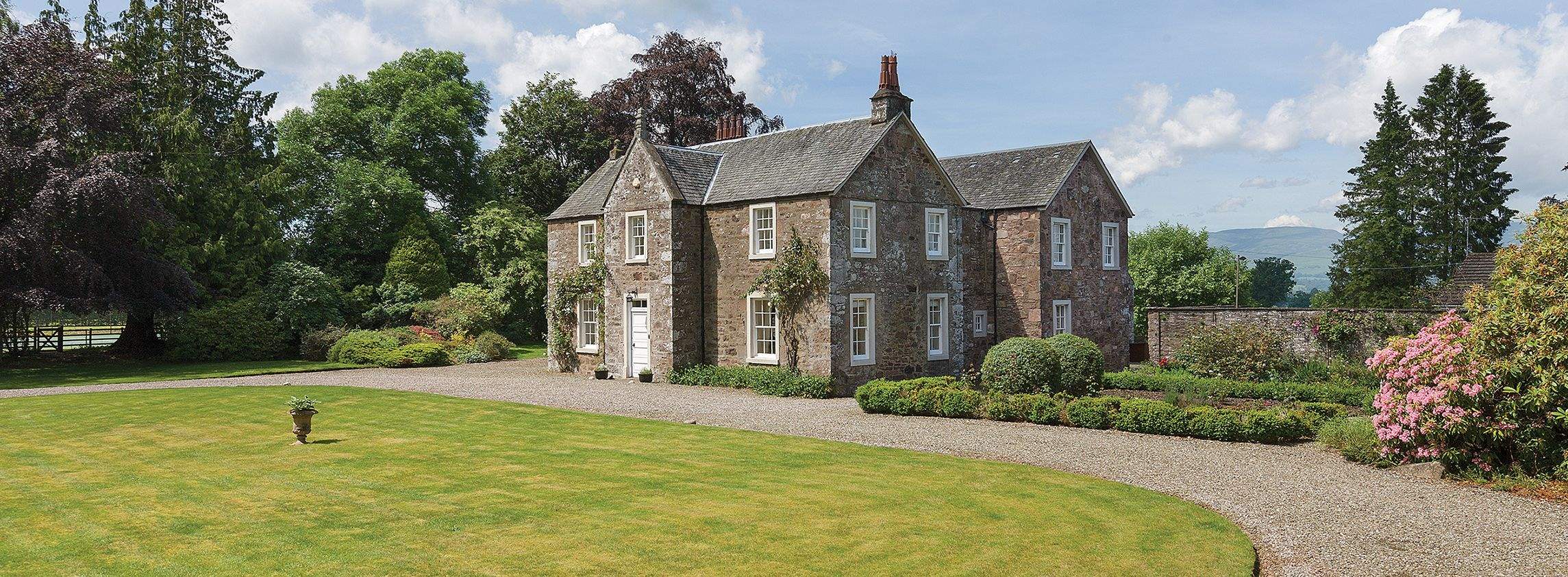Scotland was the strongest performing prime region over 2018. Which markets have been driving this growth and will the trend continue?
The prime markets remain cautious: Our analysis starts by examining the prime Scotland market in a UK context
Uncertainty surrounding the UK’s exit from the EU, and what this means for the economy and household finances, has resulted in continued caution among both buyers and sellers of prime residential property.
In the final quarter of 2018, values across the prime regional housing markets of the UK fell by 0.3%, leaving them 0.9% below where they were at the start of the year. Although this decline in values is small, it is the fourth consecutive quarter that values have softened.
The ongoing price-sensitive nature of the market has meant property has had to be priced realistically to attract buyers. Where this has been the case, deals have continued to be agreed. Stand-out and unusual properties that don’t often come to the market have commanded the strongest interest.
The prime markets closest to the capital have felt the effects of a weaker London market. While they have experienced greater falls in value than areas further from London, prices in the suburban and commuter markets still only fell by 2.6% and 1.6% respectively in 2018.
Values of other prime properties in the wider south have reduced by an average of 1.3% in the past 12 months. By contrast, in Scotland and the Midlands & North, prices have risen modestly by 2.0% and 1.0% respectively over the past year.
On average, prices for smaller, less expensive properties have held up best. Property worth £1 million or less has maintained modest annual price increases of 0.4% while £2 million-plus properties have fallen by an average of 3.1%.
Definition of prime property This market consists of the most desirable and aspirational property by location, aesthetics, standards of accommodation and value. Typically, it comprises properties in the top 5% of the market by house price.

Source: Savills Research
.png)
Price monitor Key statistics for house price growth
Source: Savills Research

Growth in the prime Scotland market by value in the past five years
Source: Savills Research
Prime Scotland in focus: Room for further growth
.jpg)
West End, Glasgow
Scotland’s prime market outperformed the rest of the UK, with a 2% annual rise in values. Market growth was led by the city areas of Edinburgh and Glasgow, where values increased by 7% and 3% respectively.
Edinburgh is the fastest-growing prime market in the UK. With a thriving financial sector and globally recognised tech hub, it is catching up with prime university cities in the UK. Growth in Glasgow was supported by a lack of supply, particularly of £1 million-plus properties in the West End and Park.
Value growth in country locations remains modest, but the market is performing well, with a recent spike of international viewers despite the uncertainty surrounding Brexit. The historic oversupply of houses has reduced and there is now a shortage in sought-after towns and villages.
Outlook
The relative value offered in regional prime markets compared with London will underpin future growth. However, in the short to medium term, we expect the prime markets to remain price sensitive and to be driven by needs-based purchasers. Quality is key in this cautious market – vendors must present stock of the best possible condition.
Looking ahead, we expect Scottish prime values to continue to outperform the rest of the UK, growing by 14.2% over the next five years. Much like the rest of the UK, growth will be tempered by political uncertainty. Yet, Scotland still has room for growth, particularly in popular, well-connected neighbourhoods.
In many of these markets, supply falls well short of demand, so competition will drive up values.
.png)
Source: Savills Research
Note: These forecasts apply to average prices in the secondhand market. New build values may not move at the same rate
Interested in other areas of the UK?
View all of our latest prime Market in Minutes research here.
